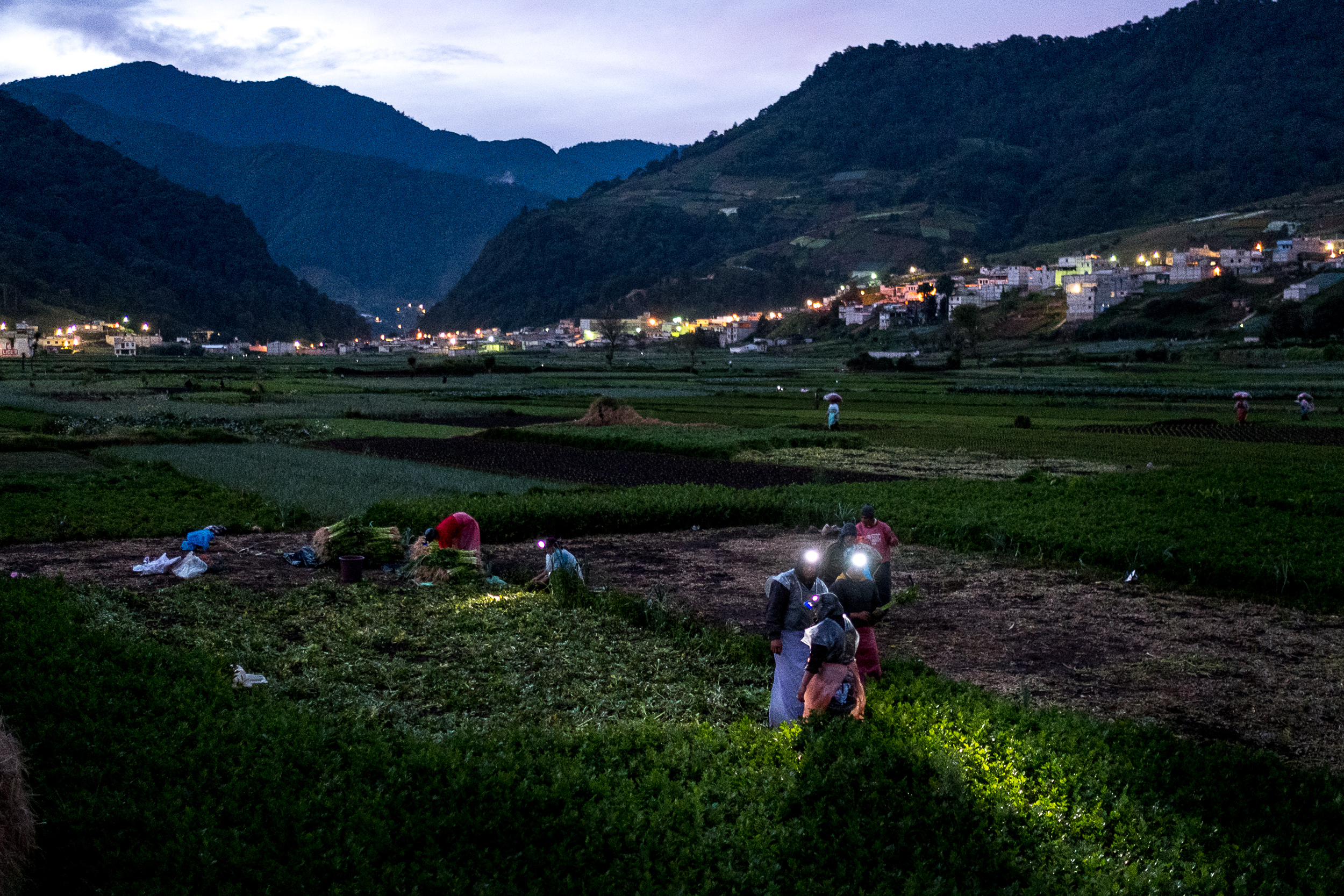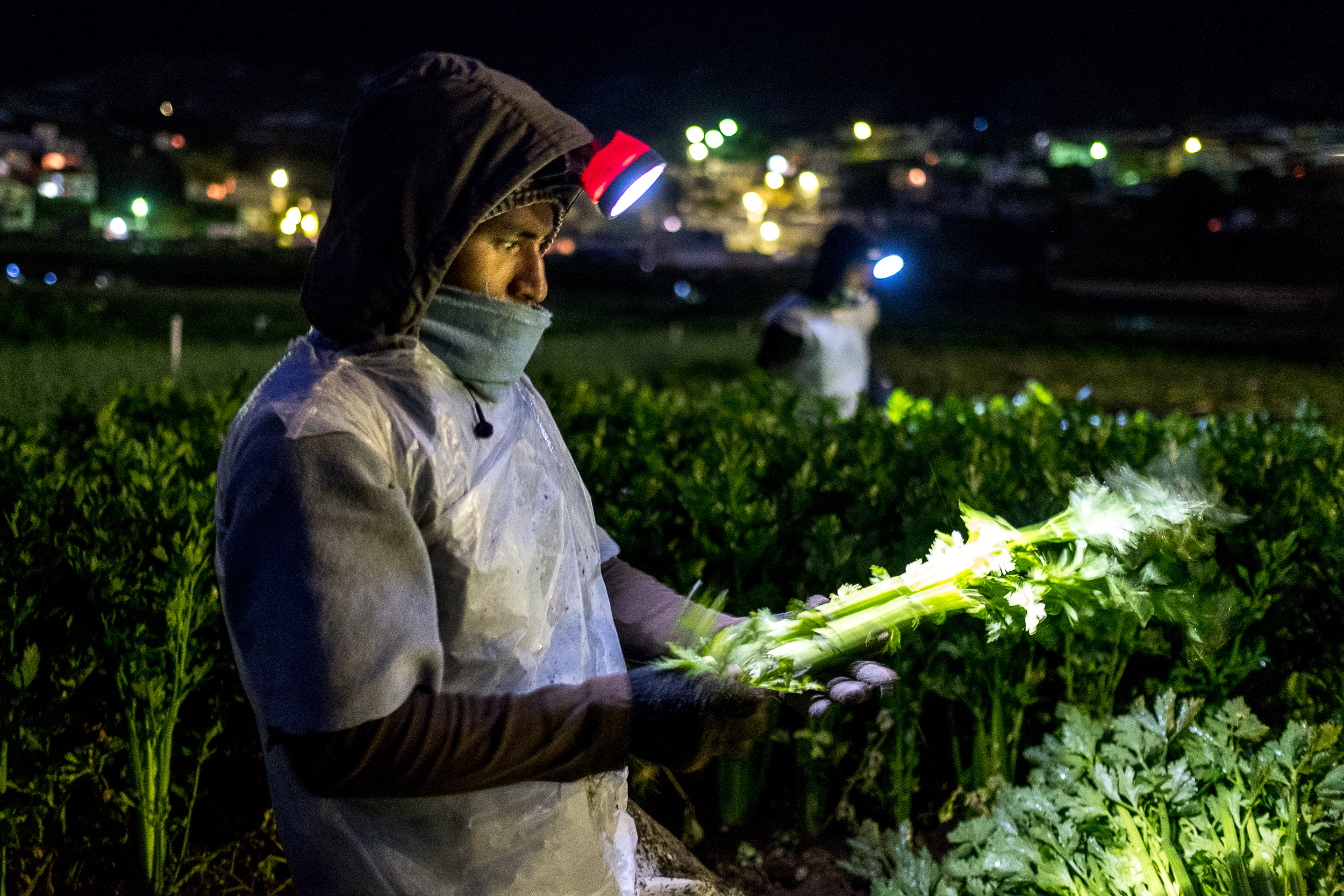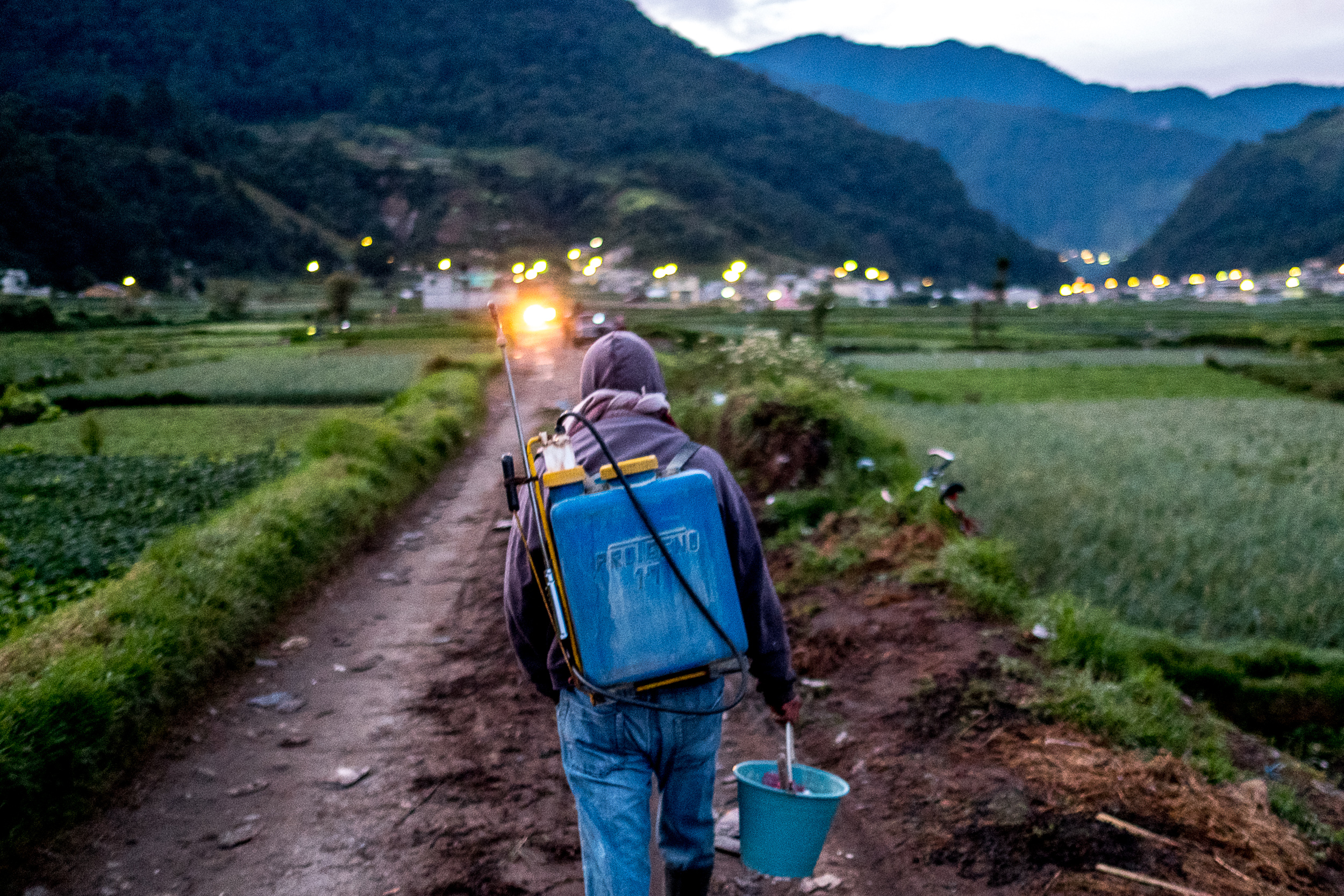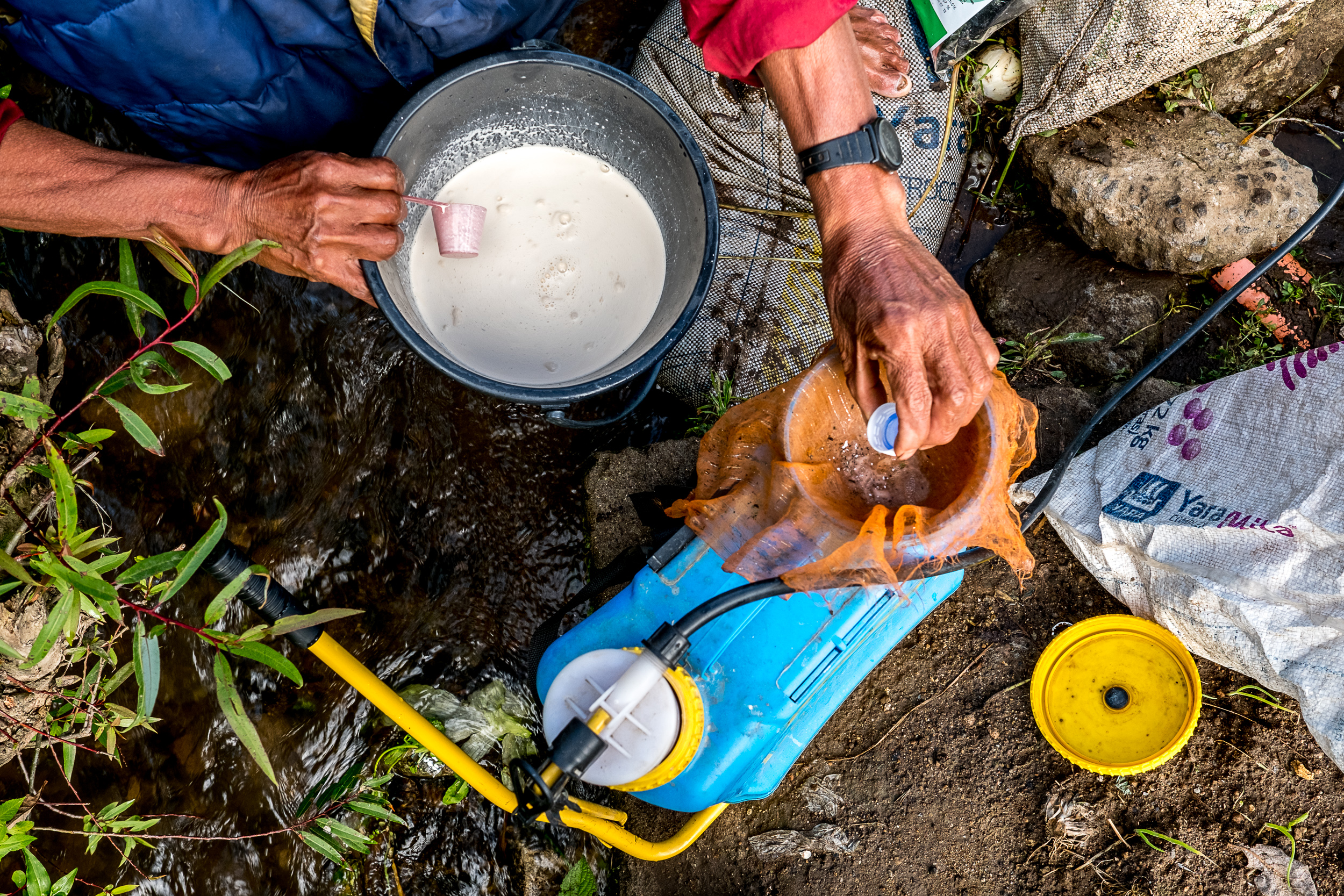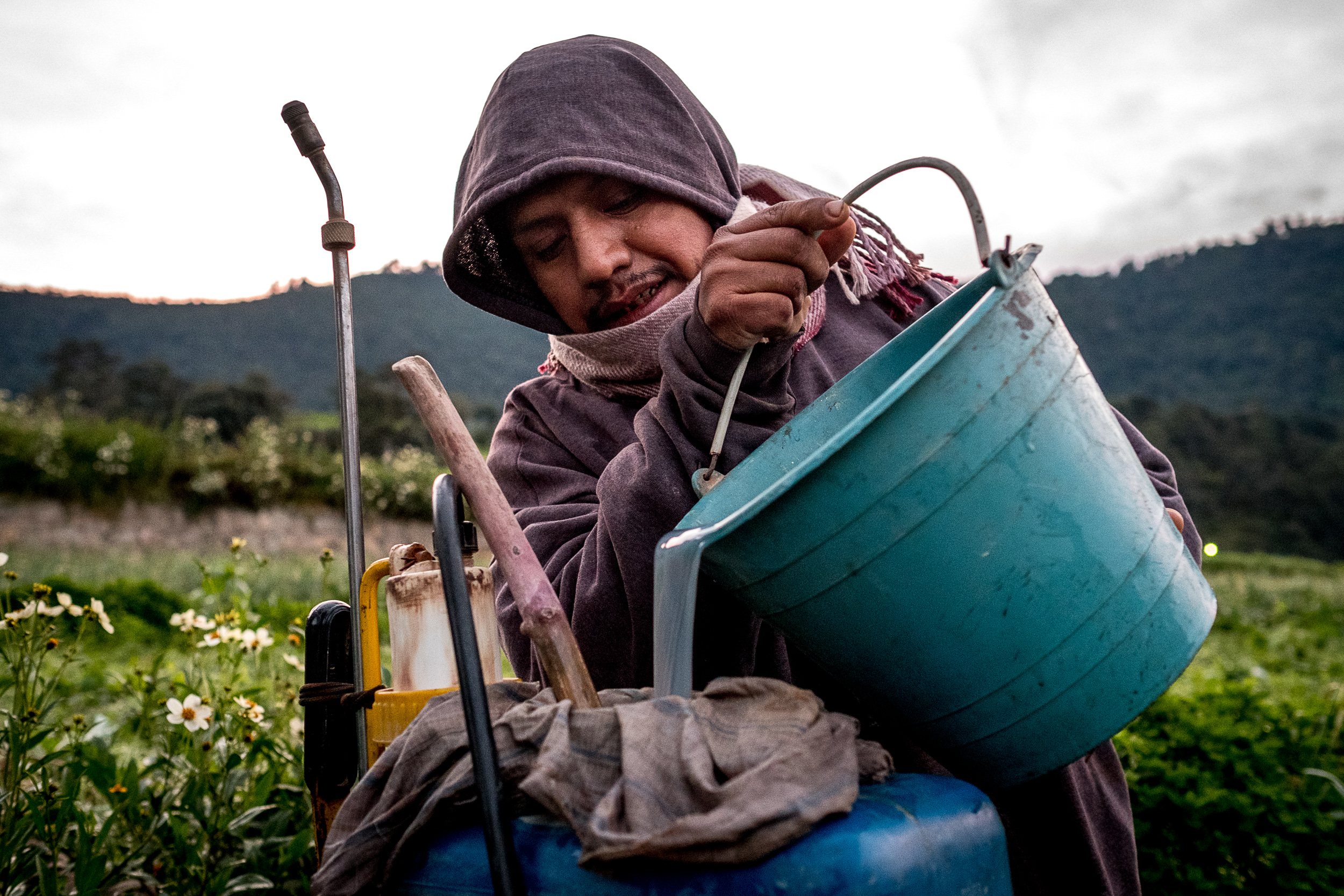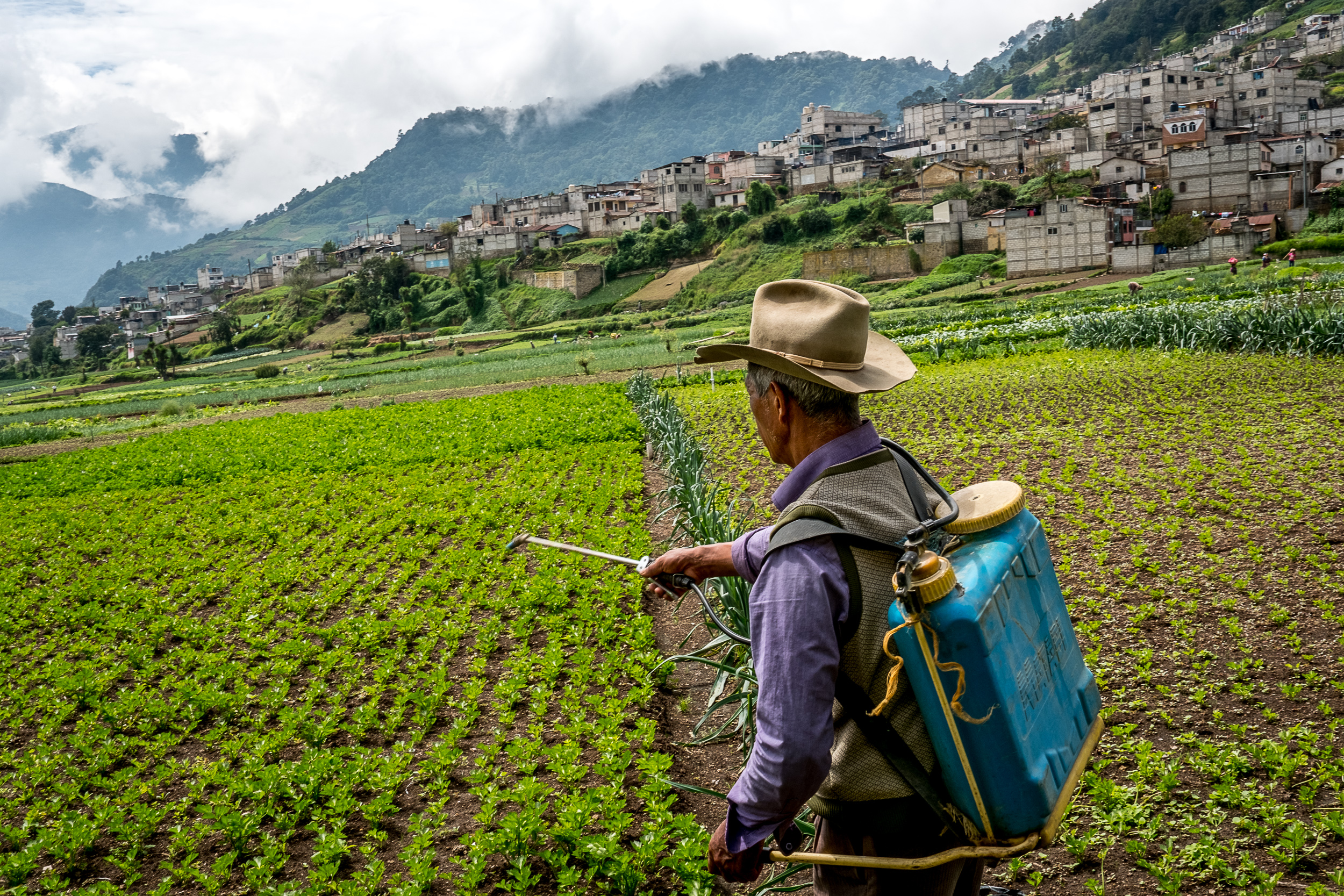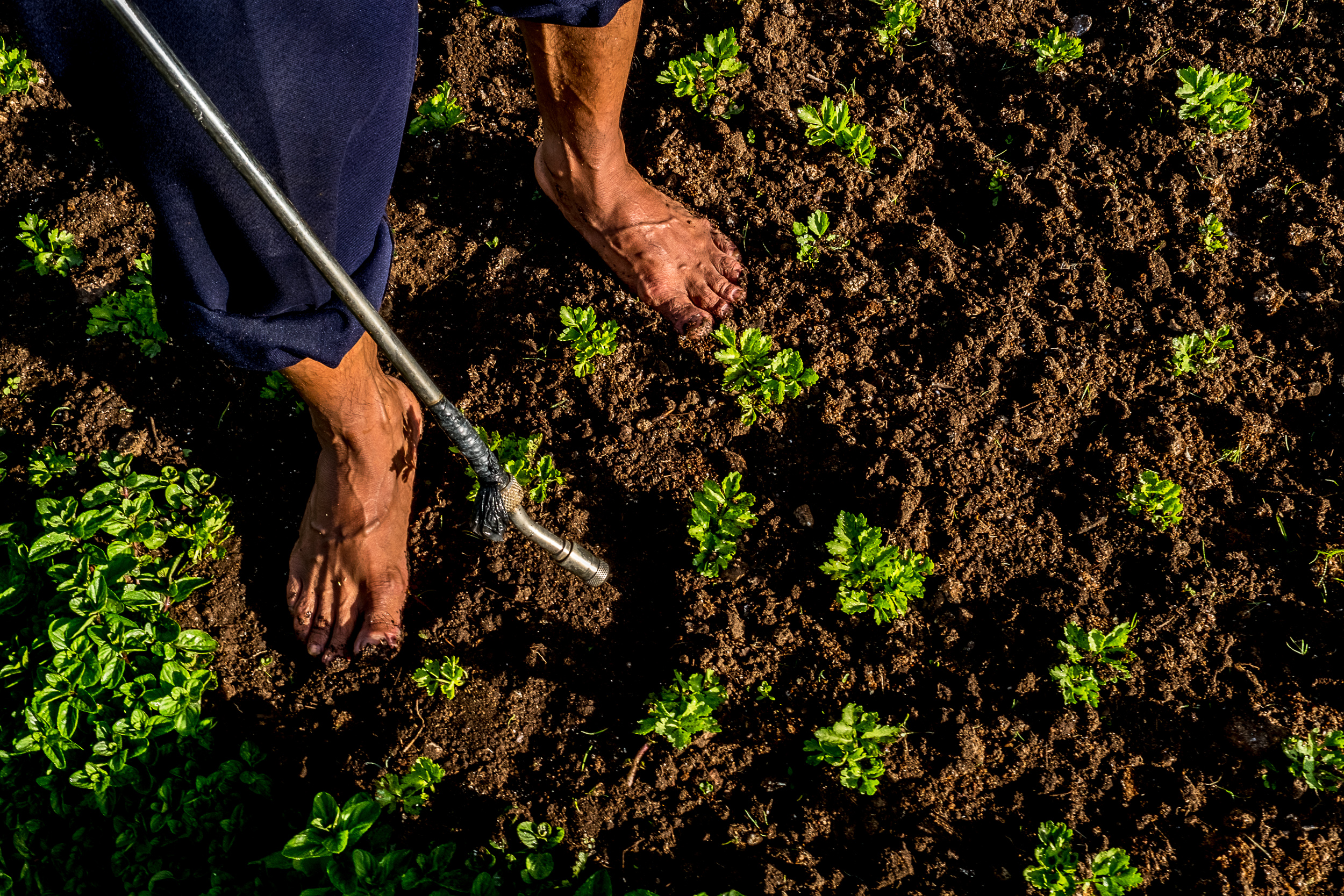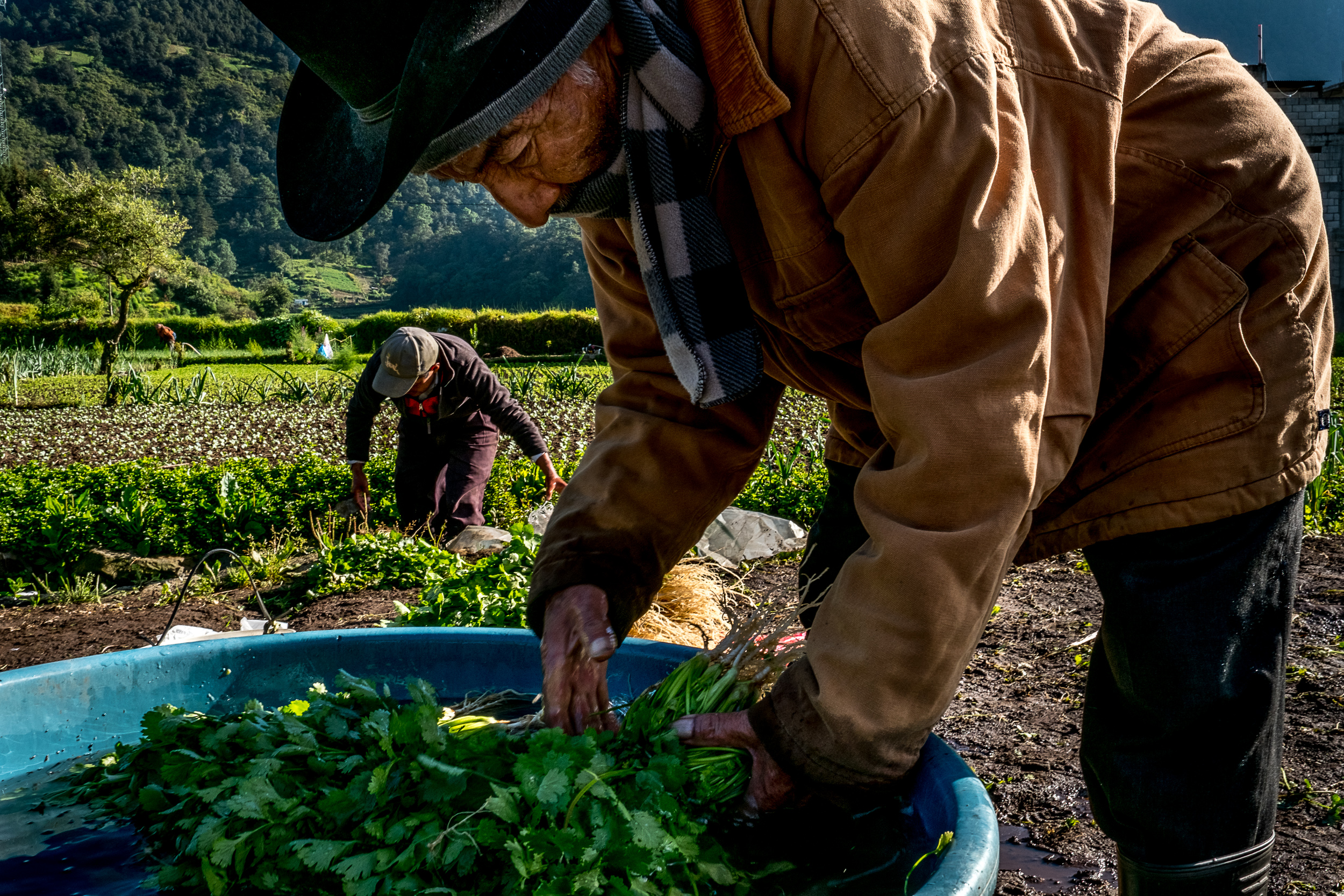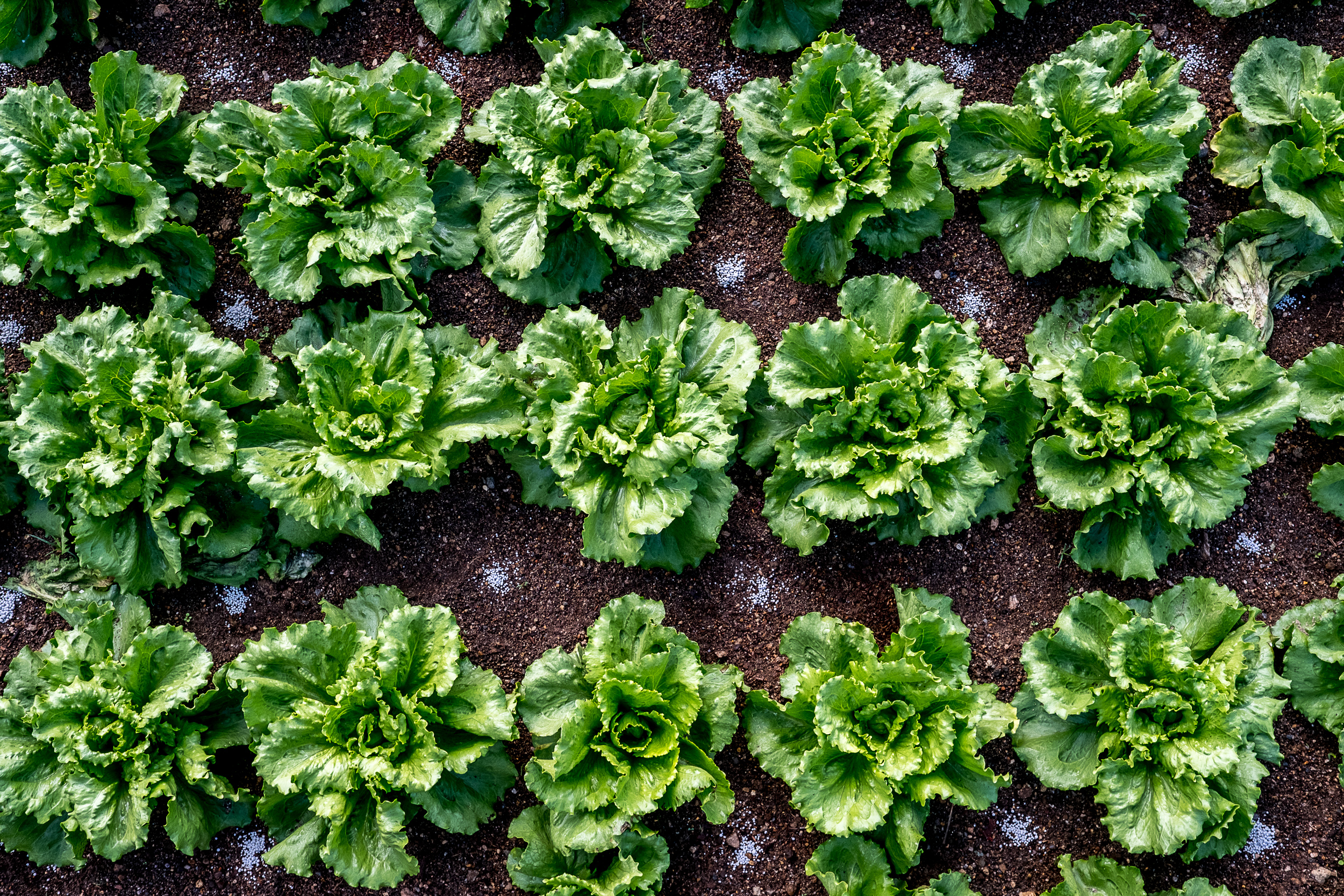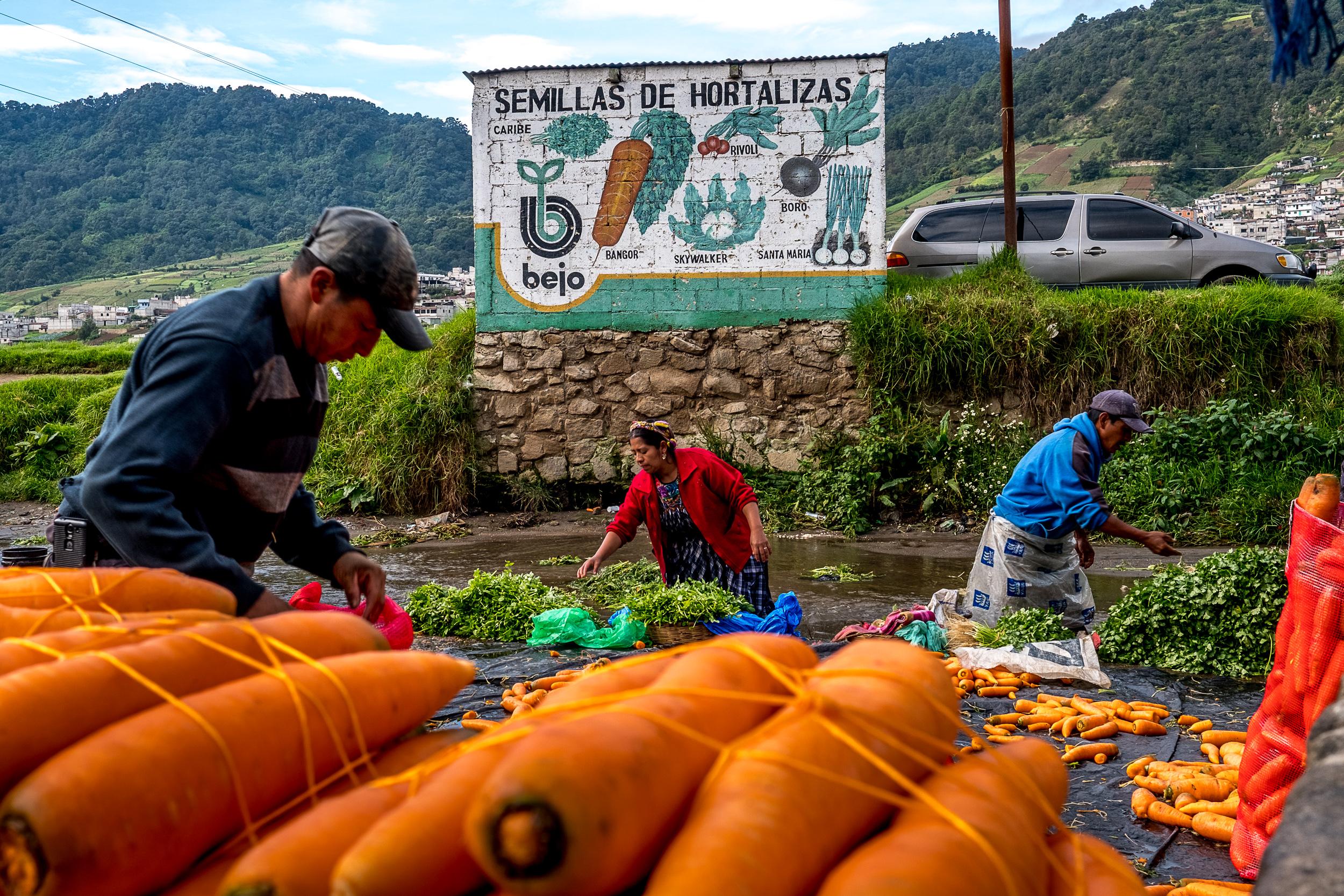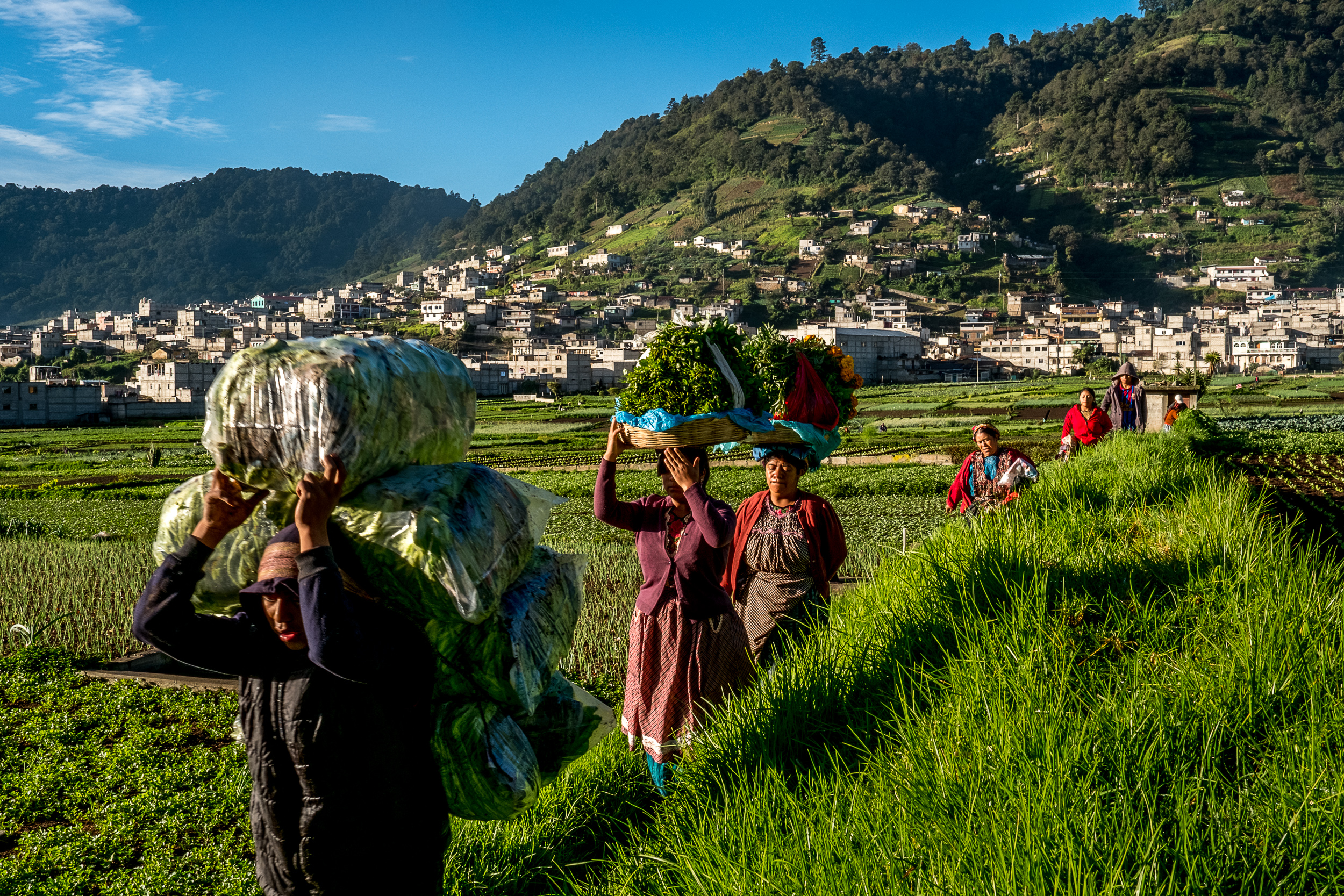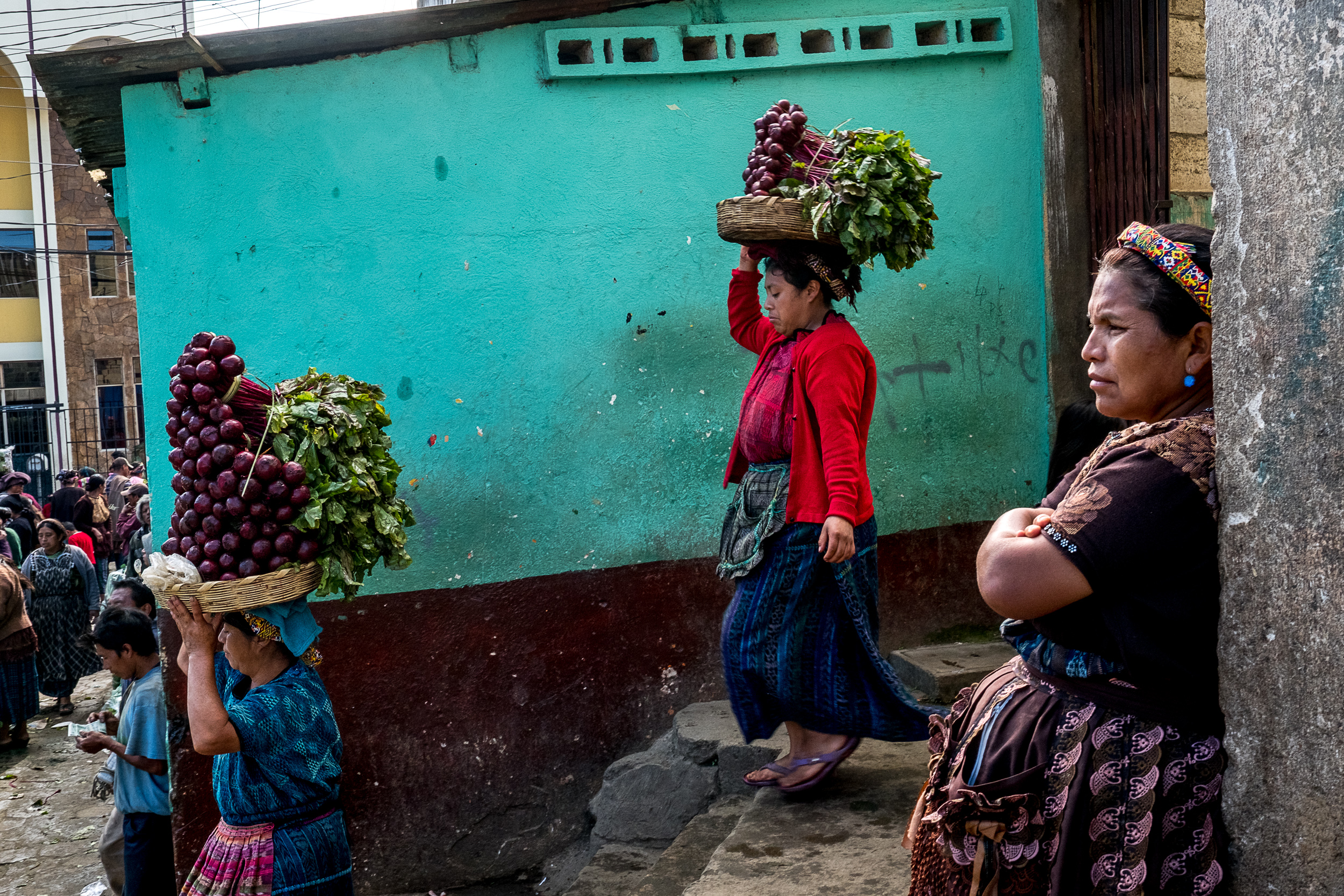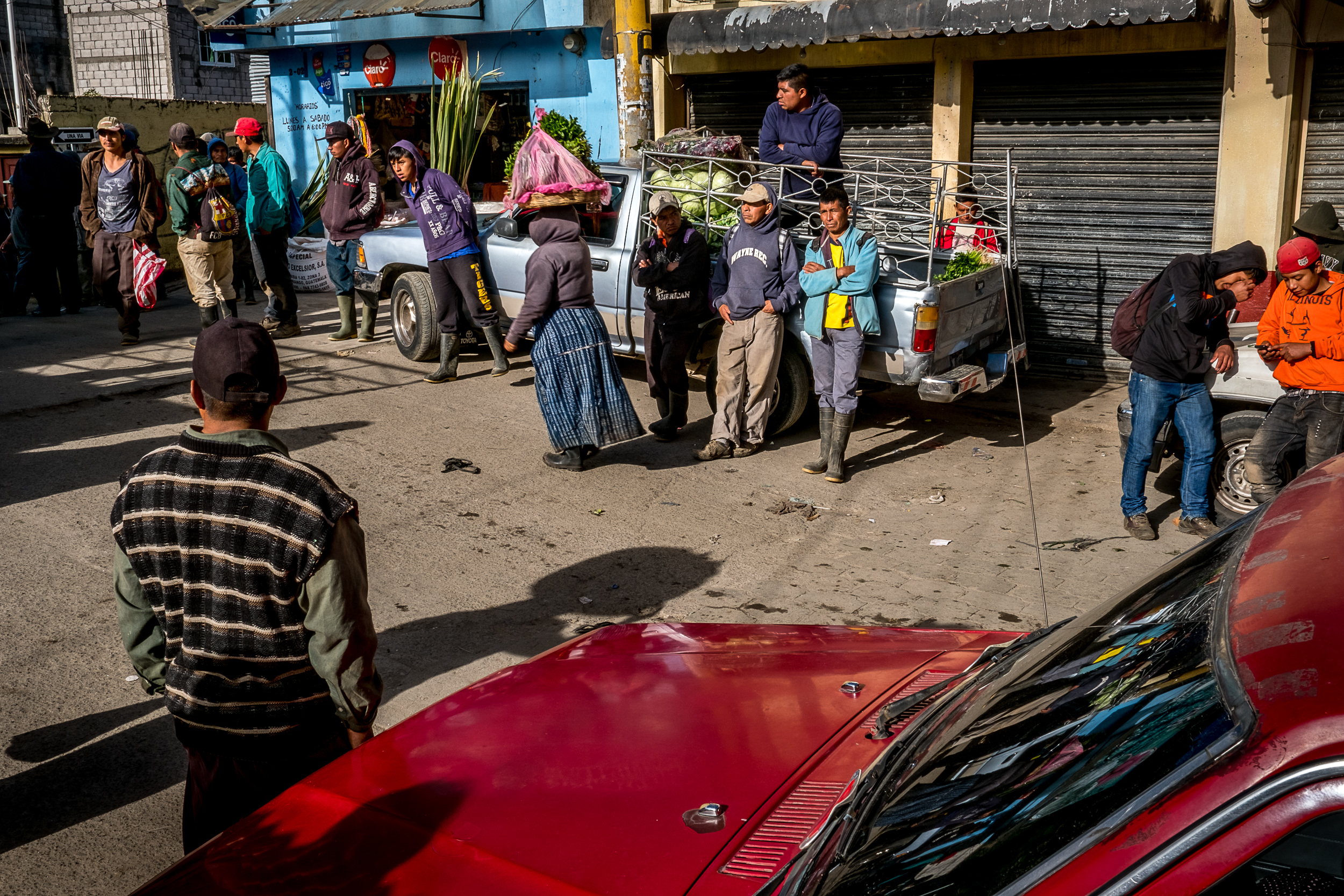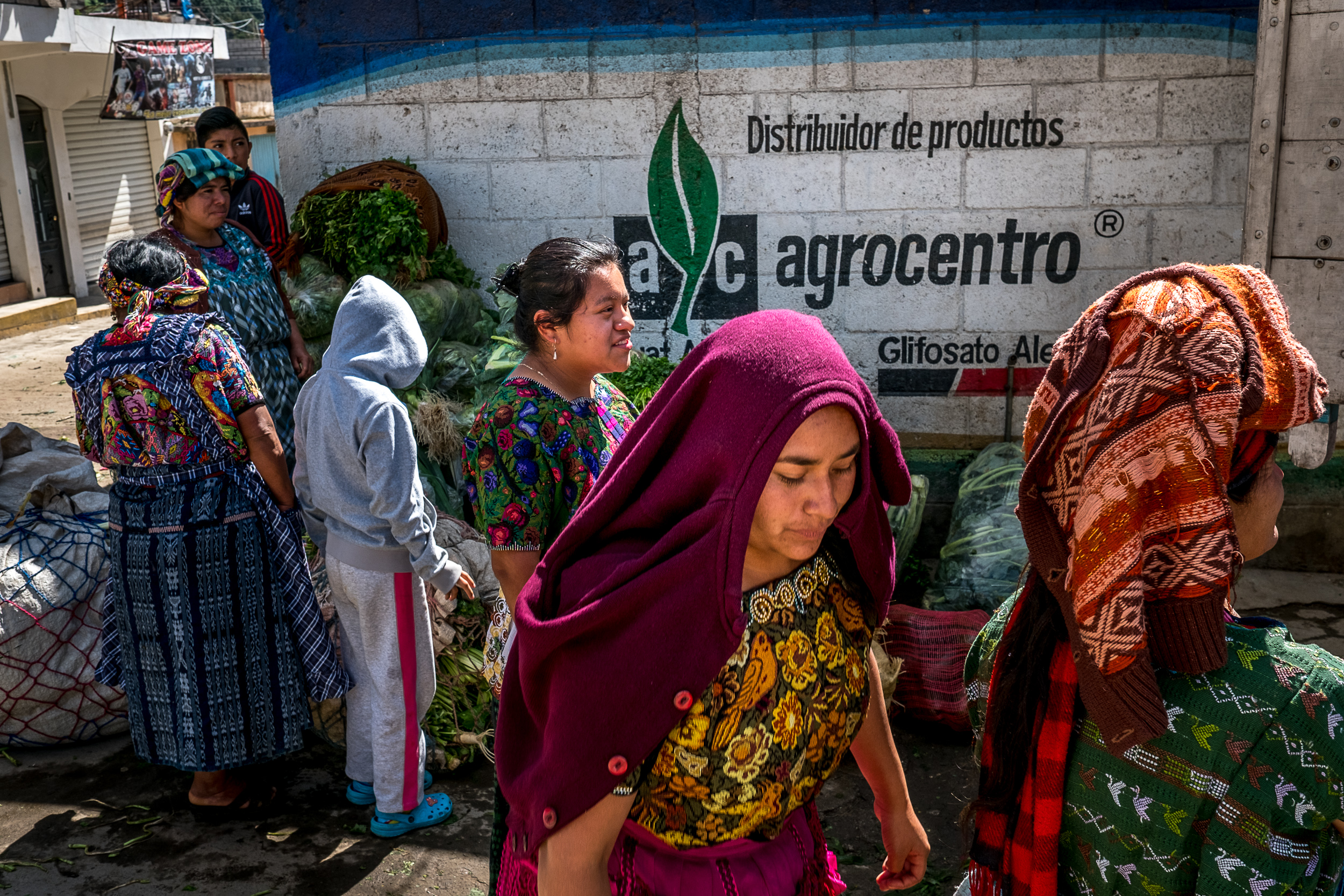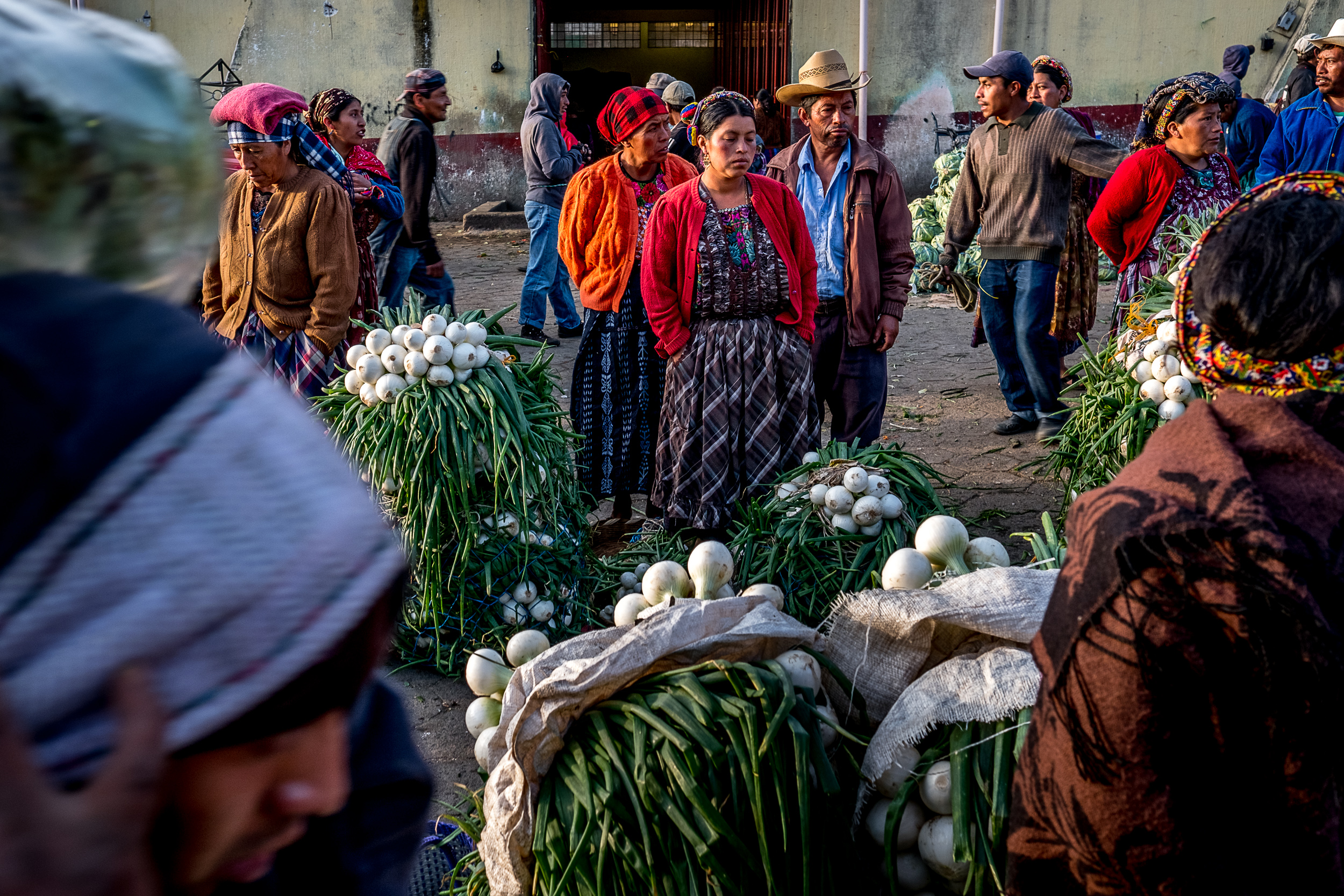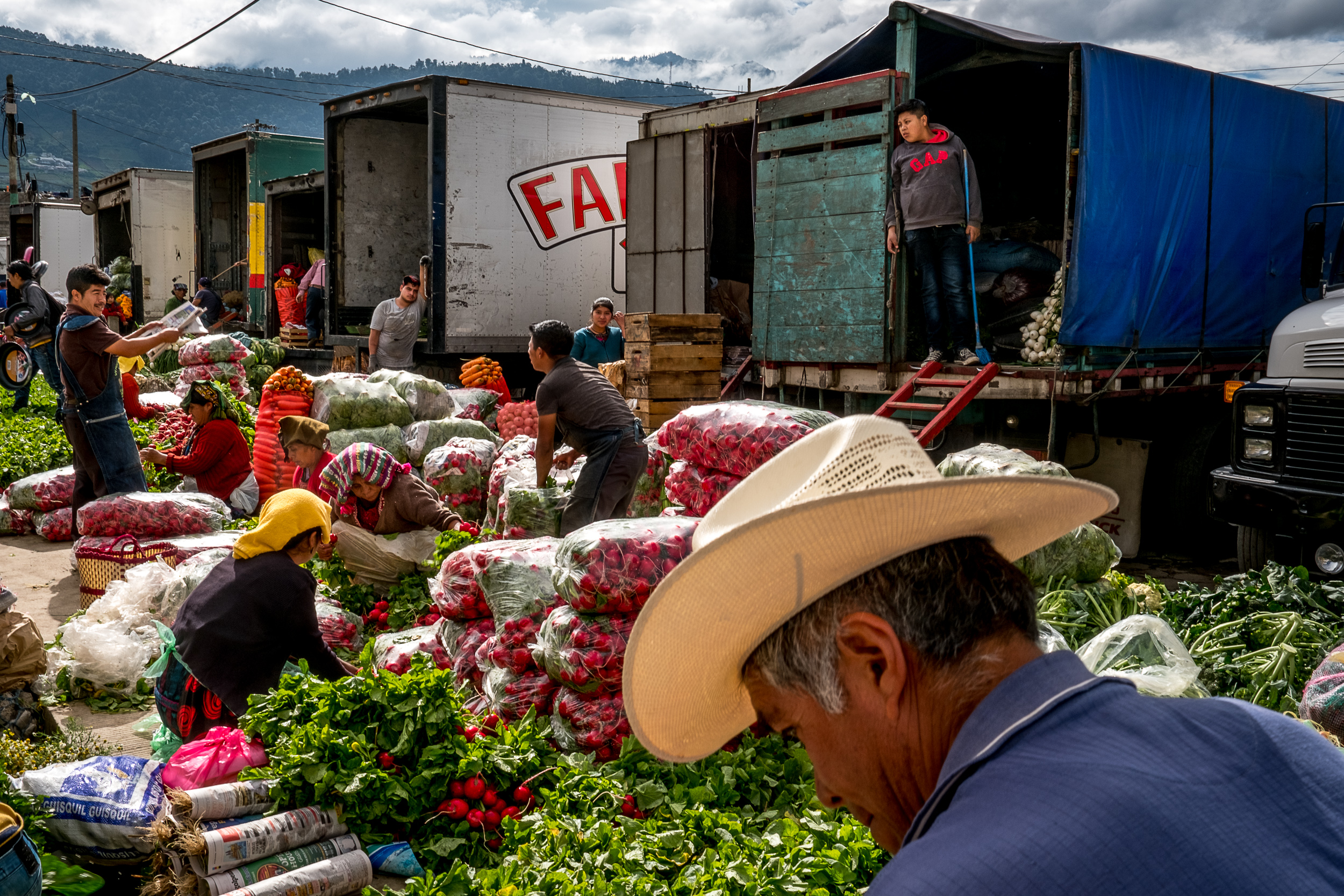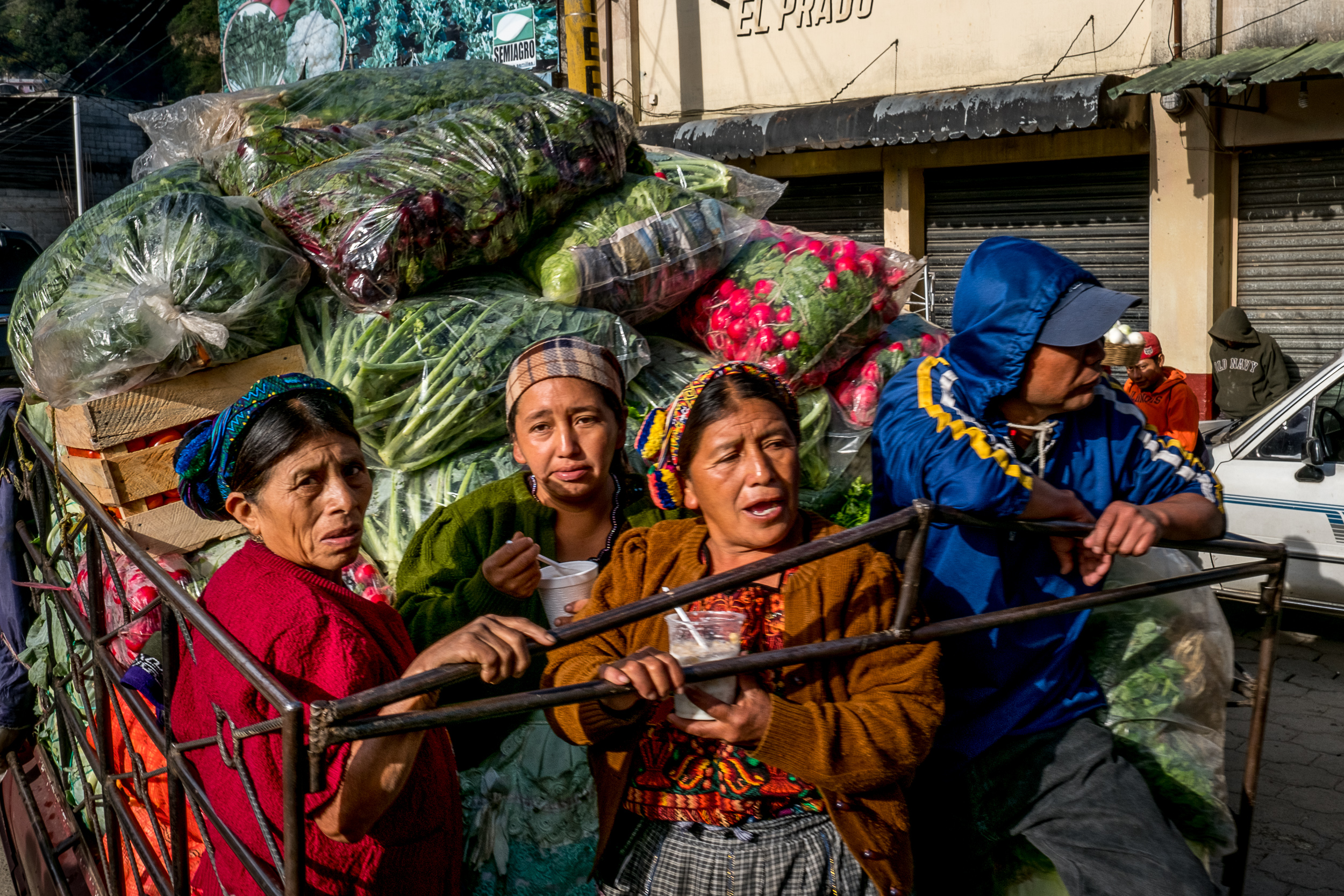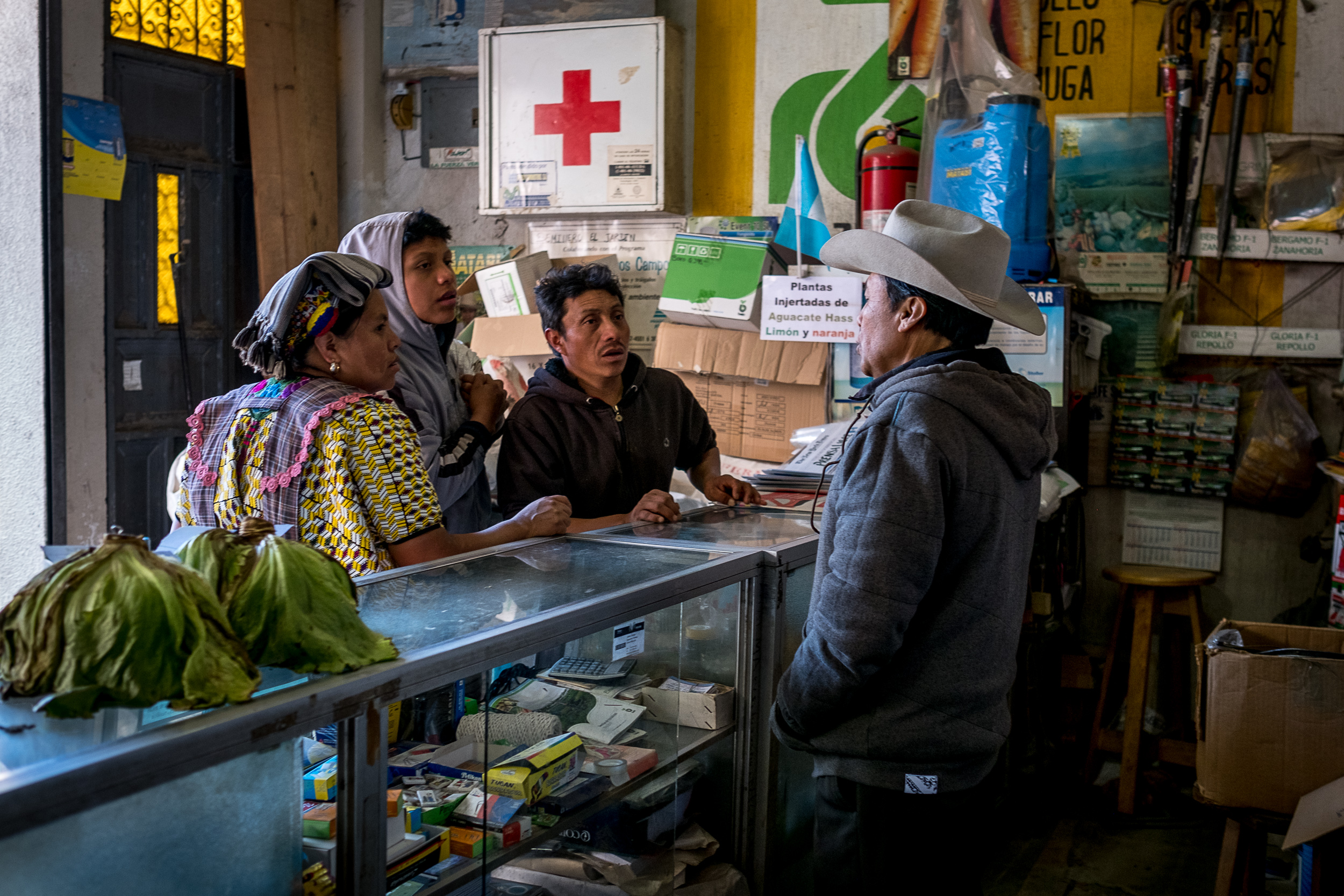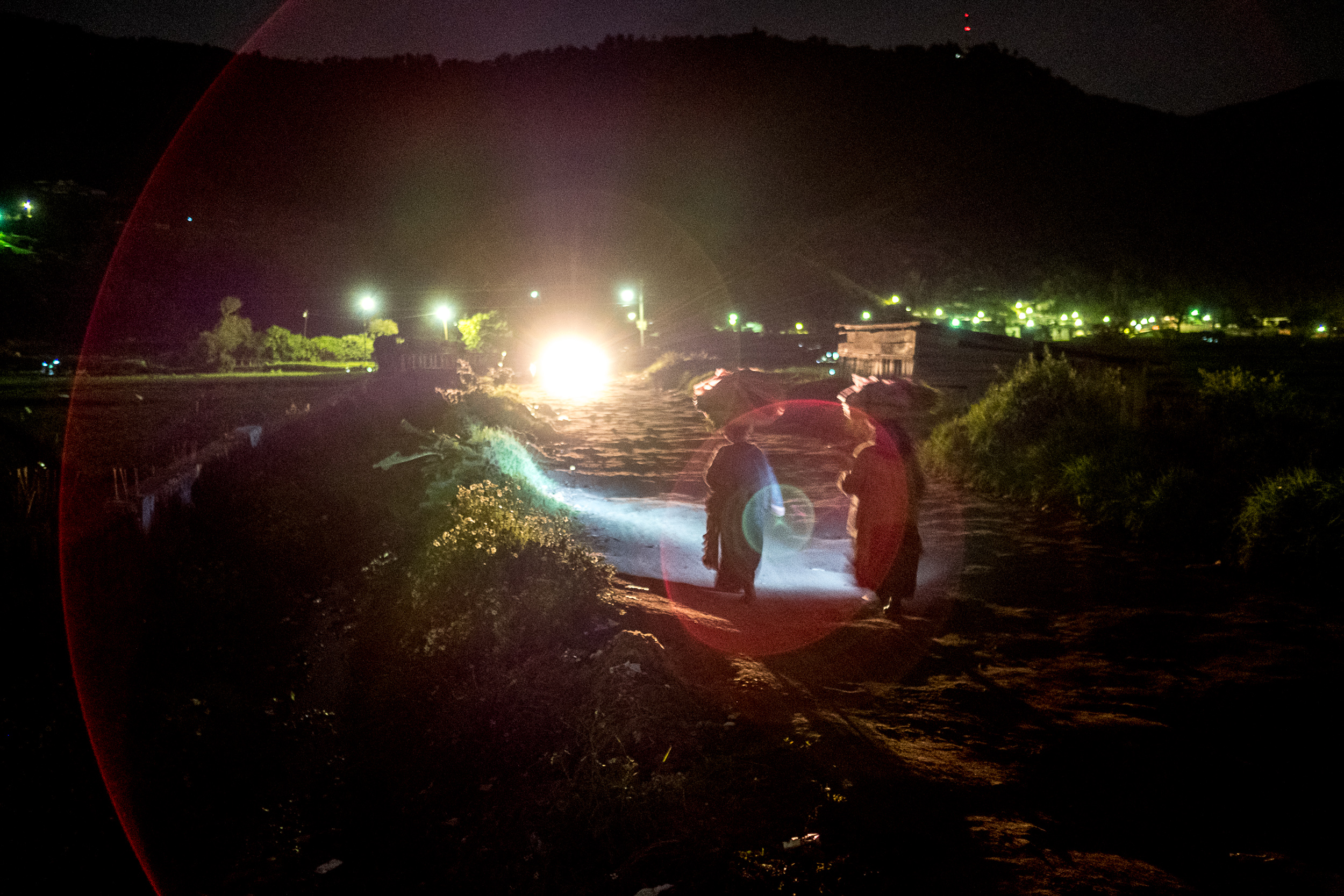THE GARDEN OF THE AMERICAS
In Guatemala’s, agrochemicals, manufactured by companies like Bayer and Monsanto, are controlling the food sources and the lives of farmers and consumers across Latin America
Almolonga became world famous as a positive example of how to curb violence, crime, and alcoholism peacefully. The city of 25,000 had four prisons filled to capacity in the 1980s, yet today has some of the lowest crime rates in Guatemala, and is one of the most agriculturally productive areas in the region. Now often referred to as “The Garden of the Americas," many residents of the town credit mass conversions to Evangelical Christianity for the incredible turnaround. The vegetables grown on the valley floor are some of the largest and most perfectly formed produce imaginable, which Almolongans also often credit to God’s blessings. Yet there are other forces at work in the fields of southwestern Guatemala, ones that are more interested in profit than souls: the agricultural chemical industry.
The Garden of the Americas is now the site of such widespread and unregulated chemical applications that the U.S. Food and Drug Administration regularly restricts the importation of Guatemalan vegetables. Yet hundreds of tonnes of the unnaturally large and colourful vegetables the valley produces are exported across Central America everyday to markets in Mexico, El Salvador, Honduras, and Costa Rica. Almolonga is so focused on export that almost none of the traditional Guatemalan foodstuffs like corn or beans are grown, and instead radishes, lettuce, broccoli, and celery dominates the prized real estate.
The land in Almolonga, once some of the most fertile in the country, is now so reliant on the applications of chemicals that farmers have no choice but apply them in ever-increasing quantities even as they become less and less effective every year. Farmers must pay the rising prices for the chemicals out of their own pockets, because without them their crops would not make it to market. They typically apply these chemicals with no effective protection and the rains wash them into a nearby river where they travel downstream to nearby communities. Though no formal studies have been published, it is widely suspected that these chemicals have been responsible for the high rates of certain cancers that afflict those who come into prolonged contact with them.
